How Societies Forget, 2020
This project incorporated a live olfactory radio program, photography and video.
Contemporary barriers to sensory encounters with our environment were exacerbated by Covid-19, spurring a consideration of the role of media in our navigation of food systems and our relationship with nonhumans. In particular, my relationship to oyster mushrooms I cultivated on mycelium blocks, which became urban companions.
Contemporary barriers to sensory encounters with our environment were exacerbated by Covid-19, spurring a consideration of the role of media in our navigation of food systems and our relationship with nonhumans. In particular, my relationship to oyster mushrooms I cultivated on mycelium blocks, which became urban companions.

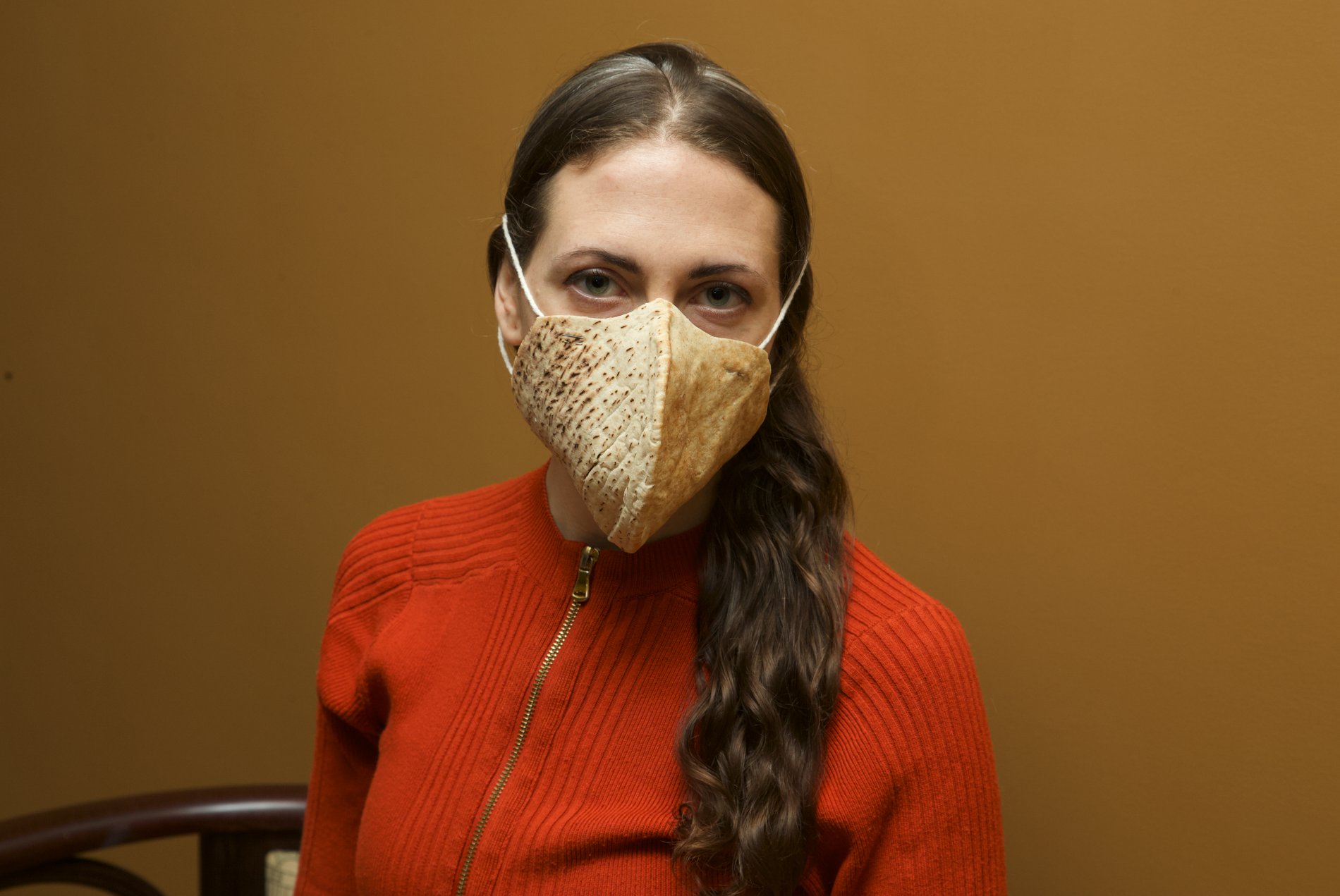

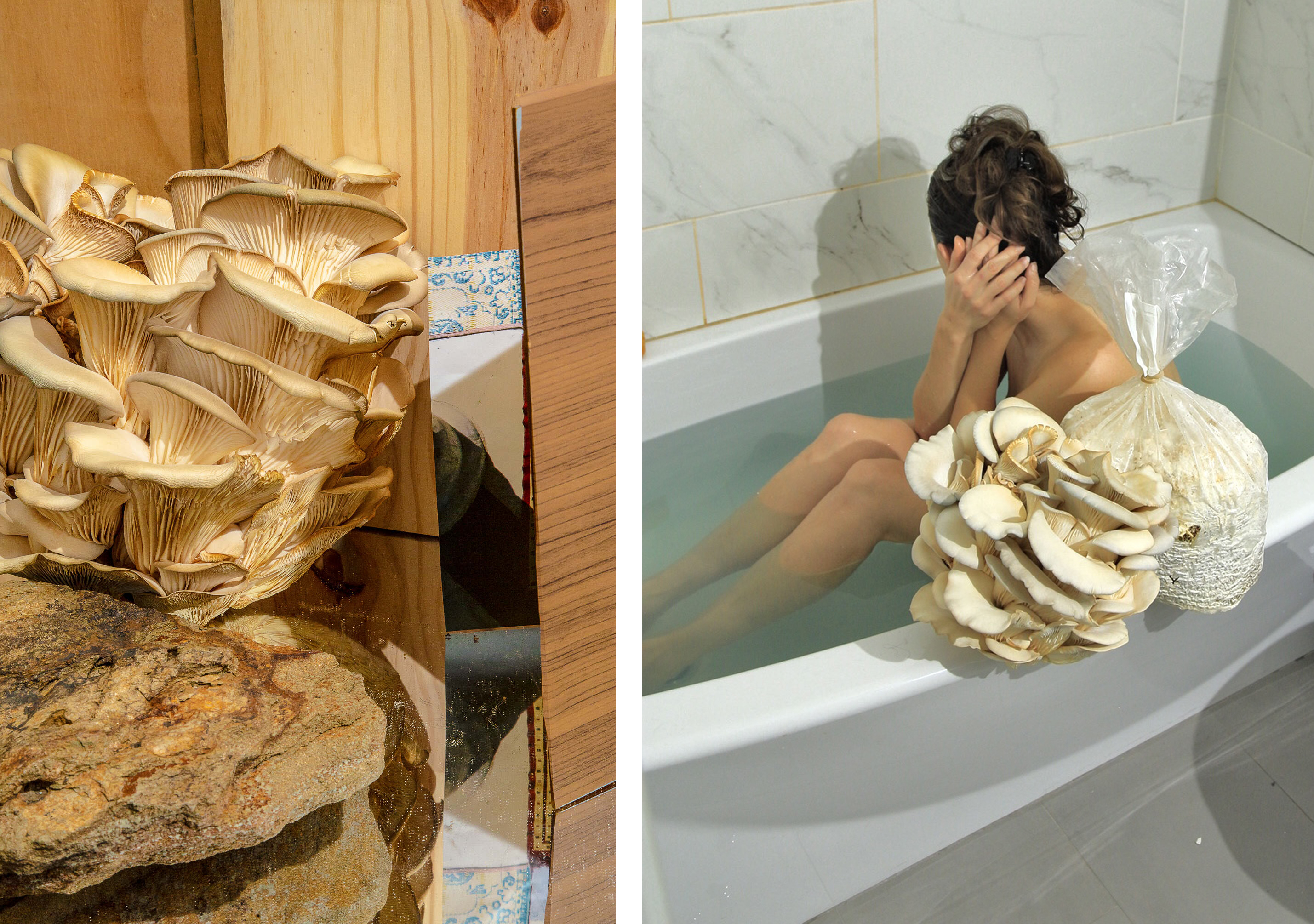


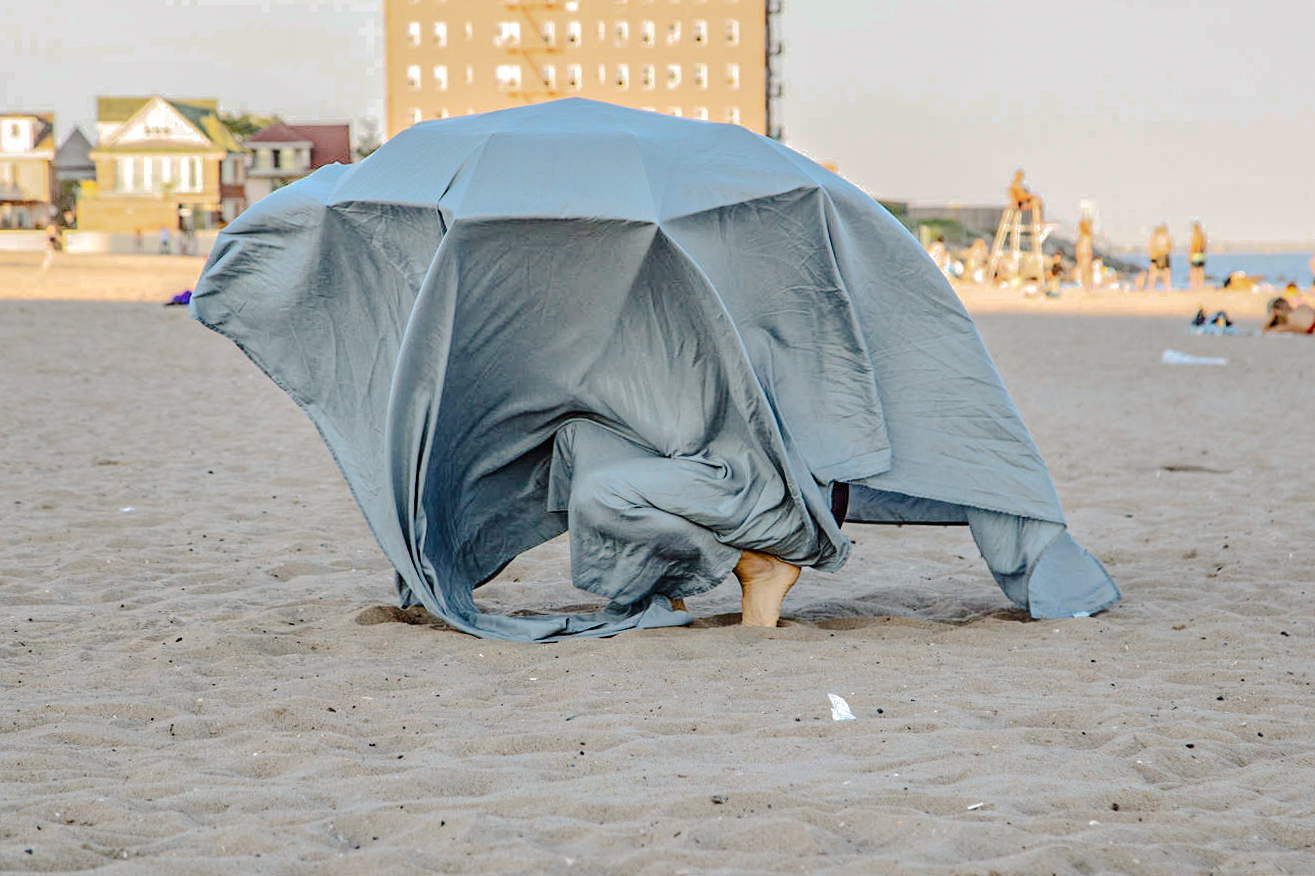


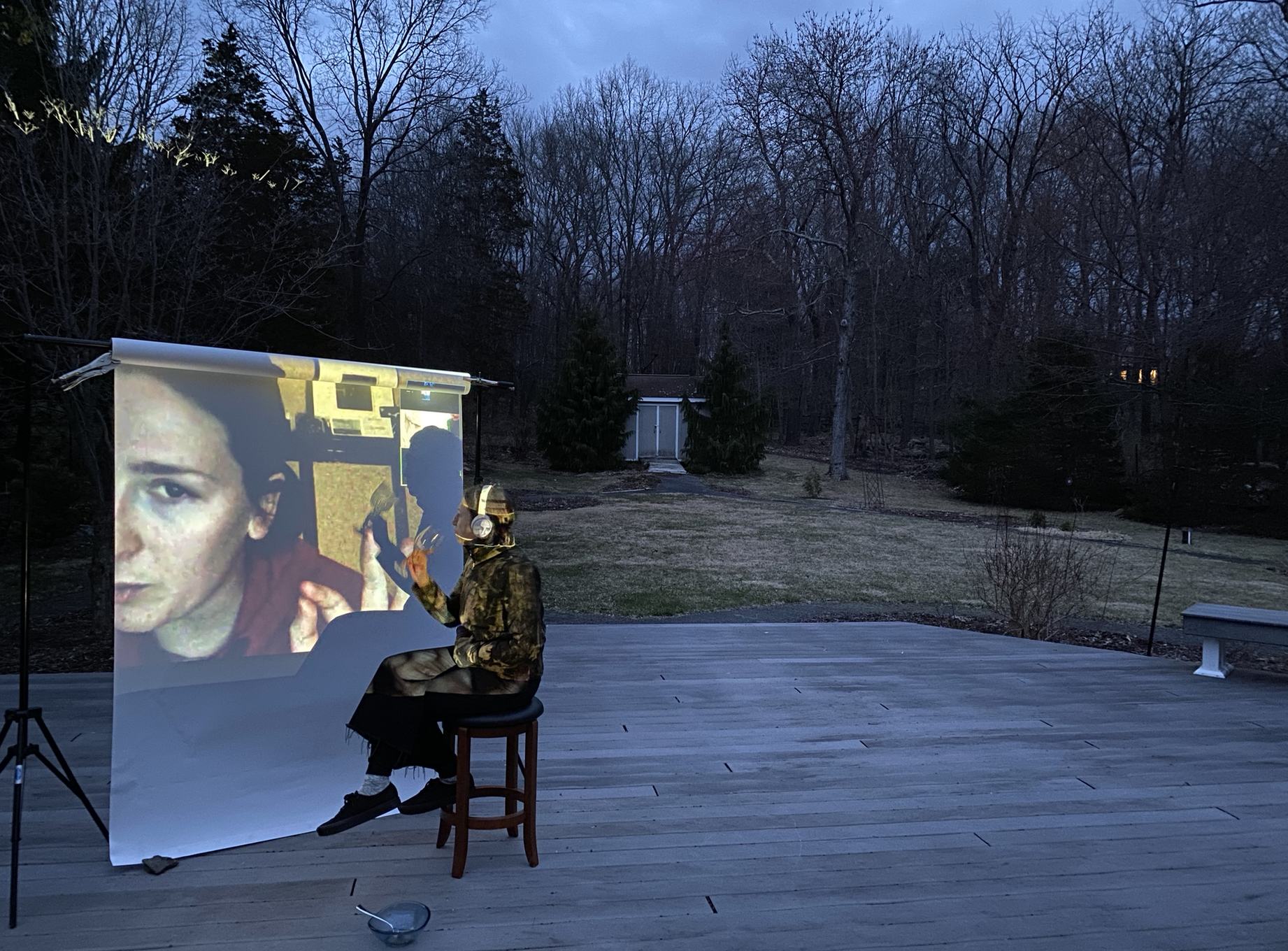
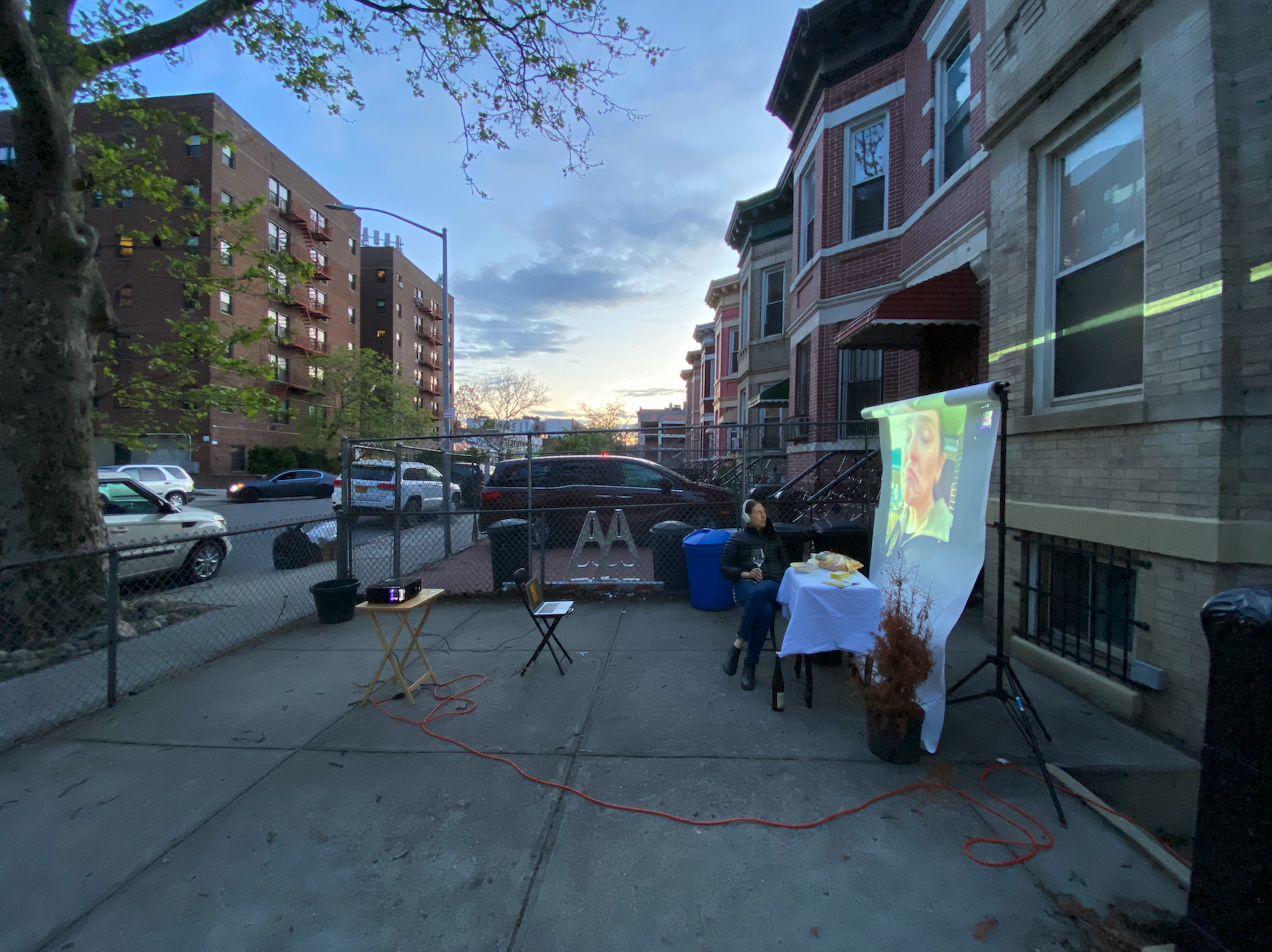
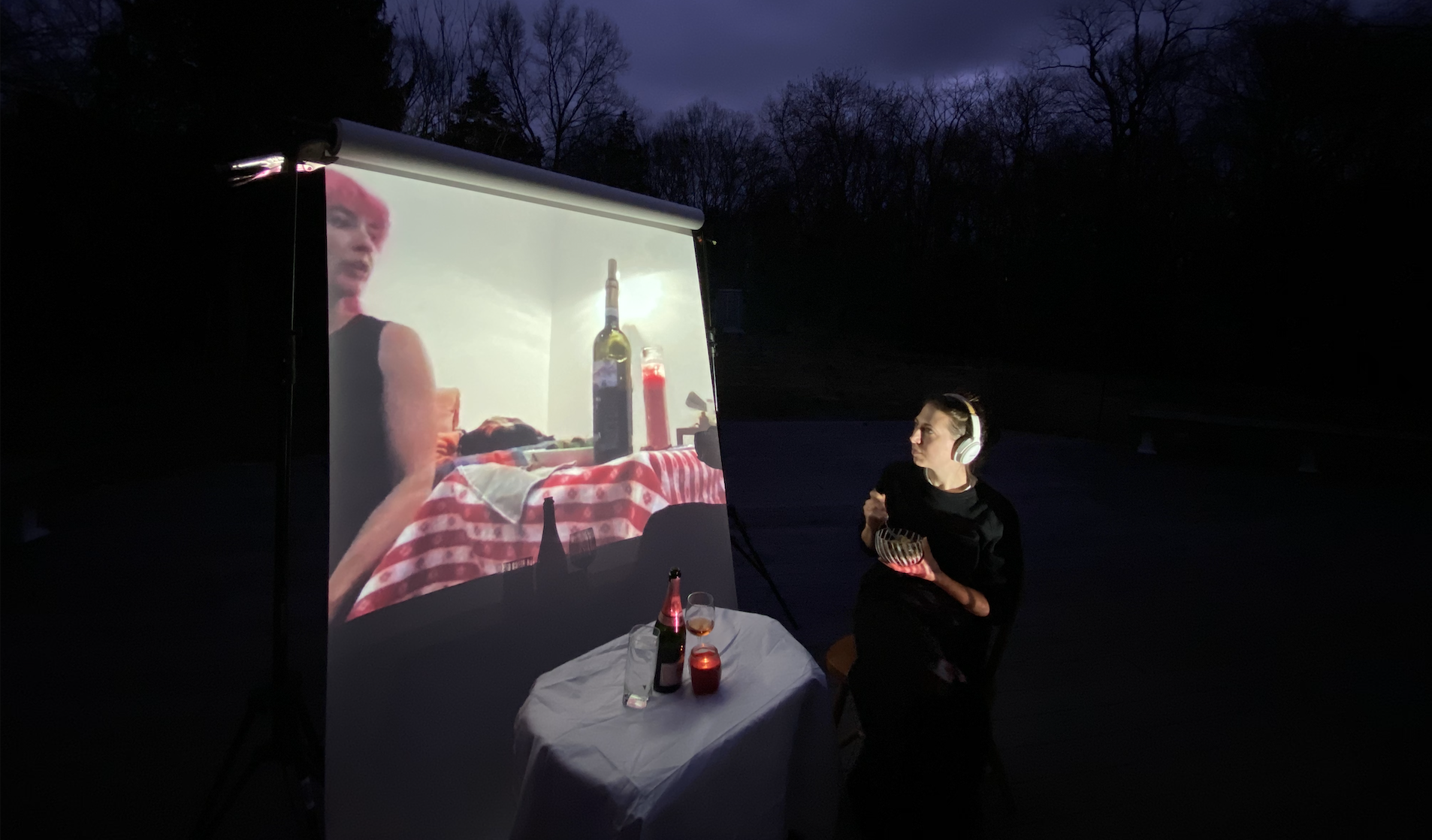
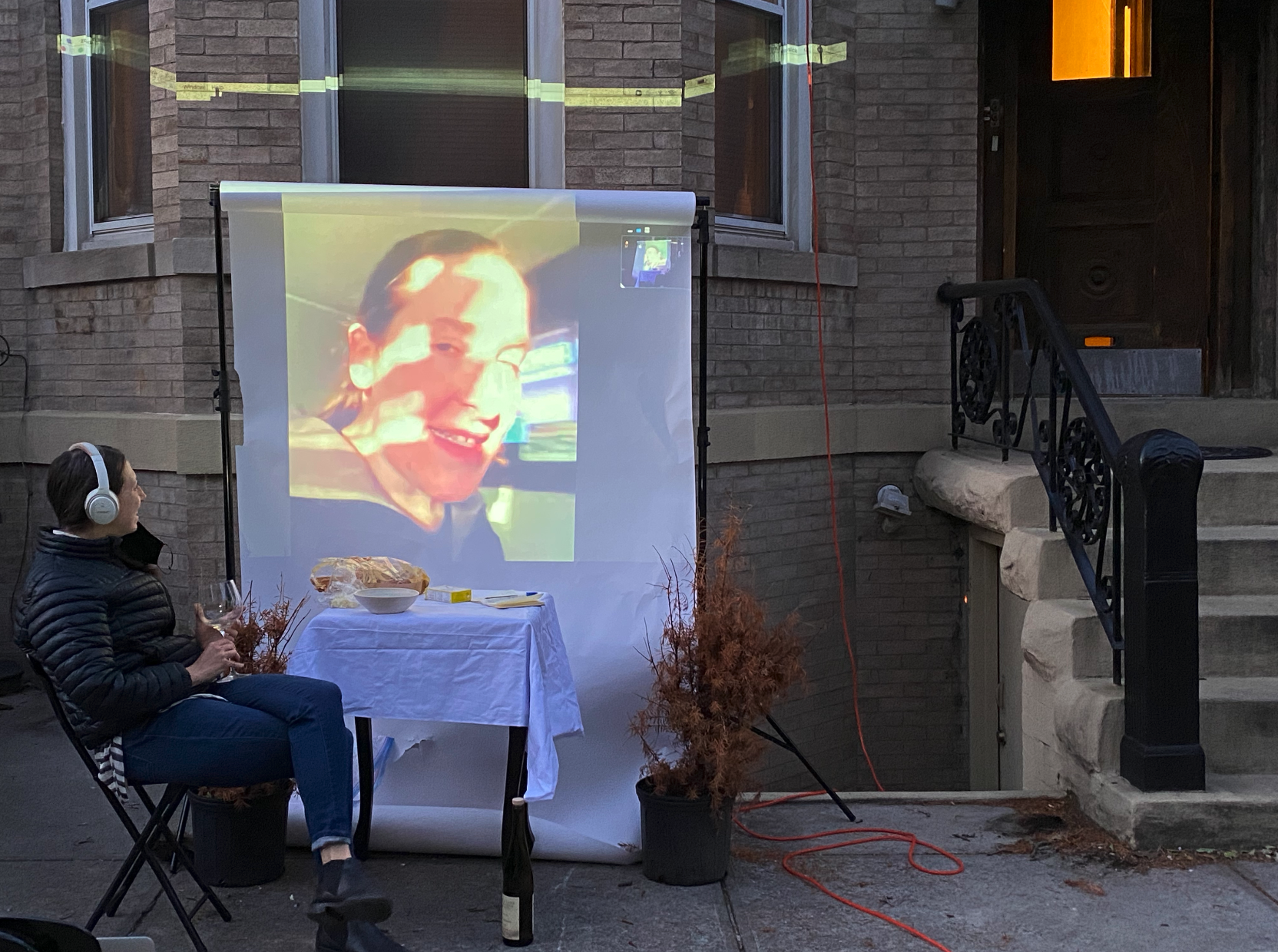
VIDEO CAPTION TEXT:
"Deciding what to call emergent structures is as important as how they advance in space and time." Is this a natural place / Is it constructed / Is it an apocalypse? Or: what is veiled as the system evolves? You use different words to attribute causes, to attribute authorship.
There is a "phase of rupture" during a transition to the future—disoriented but not yet named. The rupture, a continuation of sensory deprivation. Spaces designed to alienate us. Sensory deprivation turns biological material into commodities.
Our perspective requires translation through media; reproductions of the material. Engaging with the materials themselves brings forth the transformation of structures, through semiotic and sensory re-articulation.
Is this edible / Is this animal / Is this dirt? In a vacuum, we lose track. Yet our environment is built on these answers. Why does the smell of a place matter? Why does the smell of a bag of dirt matter? Our conception of the world is both mental and physical, and embodied knowledge leads to a sense of implications.
The delineation between civilized spaces and wild, between spaces for growing and ones for eating, blurs, and we find the future of our cities contain ecosystems and nonhuman collaborations. Growing something is a mutual agreement.
Spaces, and reproductions of those spaces, are at a loss for ways to remind us that edible objects require messy heuristics and relationships. The pungent smell of a mushroom ruptures the mythology of “contained.”
Future foods will resist enclosure; they will both expand and contract the space around us. They should have conflicting temporalities, able to speak to histories of cultivation and transportation, as well as their brevity before decay. They should speed up and slow down our sense of time.
"Deciding what to call emergent structures is as important as how they advance in space and time." Is this a natural place / Is it constructed / Is it an apocalypse? Or: what is veiled as the system evolves? You use different words to attribute causes, to attribute authorship.
There is a "phase of rupture" during a transition to the future—disoriented but not yet named. The rupture, a continuation of sensory deprivation. Spaces designed to alienate us. Sensory deprivation turns biological material into commodities.
Our perspective requires translation through media; reproductions of the material. Engaging with the materials themselves brings forth the transformation of structures, through semiotic and sensory re-articulation.
Is this edible / Is this animal / Is this dirt? In a vacuum, we lose track. Yet our environment is built on these answers. Why does the smell of a place matter? Why does the smell of a bag of dirt matter? Our conception of the world is both mental and physical, and embodied knowledge leads to a sense of implications.
The delineation between civilized spaces and wild, between spaces for growing and ones for eating, blurs, and we find the future of our cities contain ecosystems and nonhuman collaborations. Growing something is a mutual agreement.
Spaces, and reproductions of those spaces, are at a loss for ways to remind us that edible objects require messy heuristics and relationships. The pungent smell of a mushroom ruptures the mythology of “contained.”
Future foods will resist enclosure; they will both expand and contract the space around us. They should have conflicting temporalities, able to speak to histories of cultivation and transportation, as well as their brevity before decay. They should speed up and slow down our sense of time.